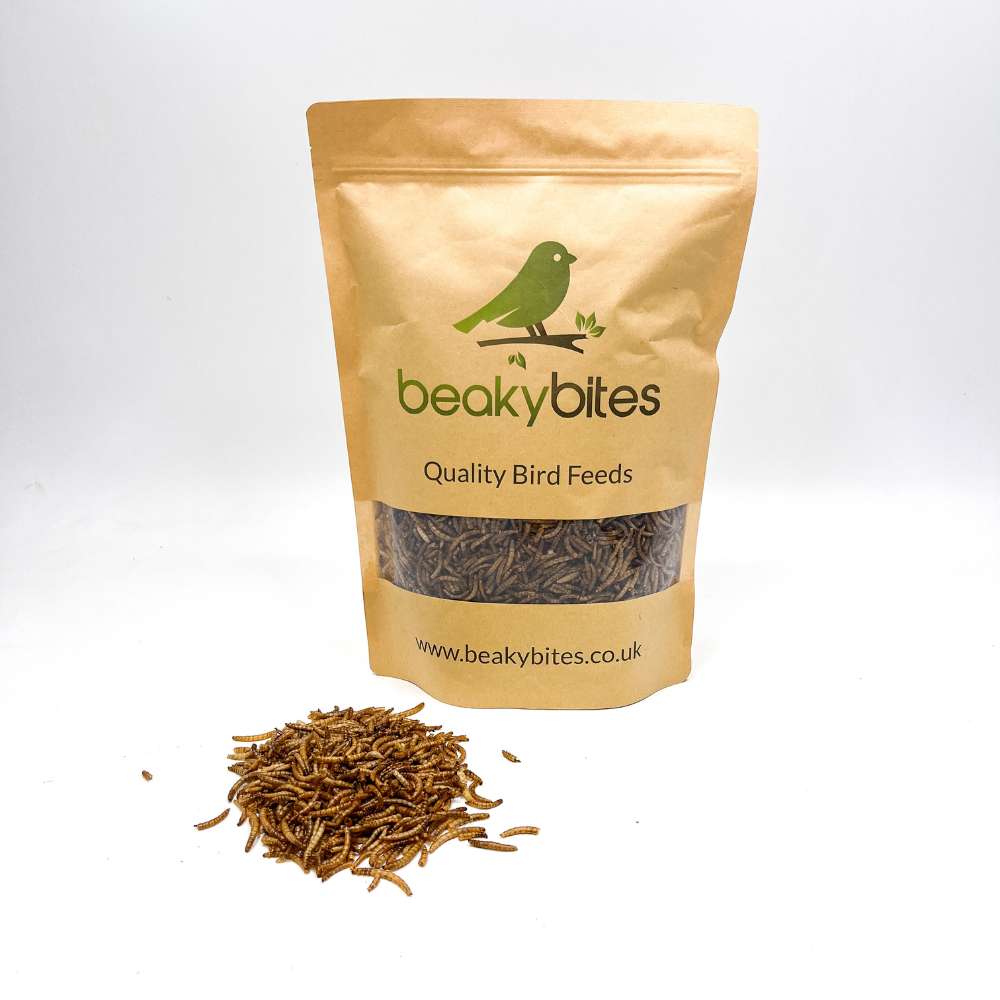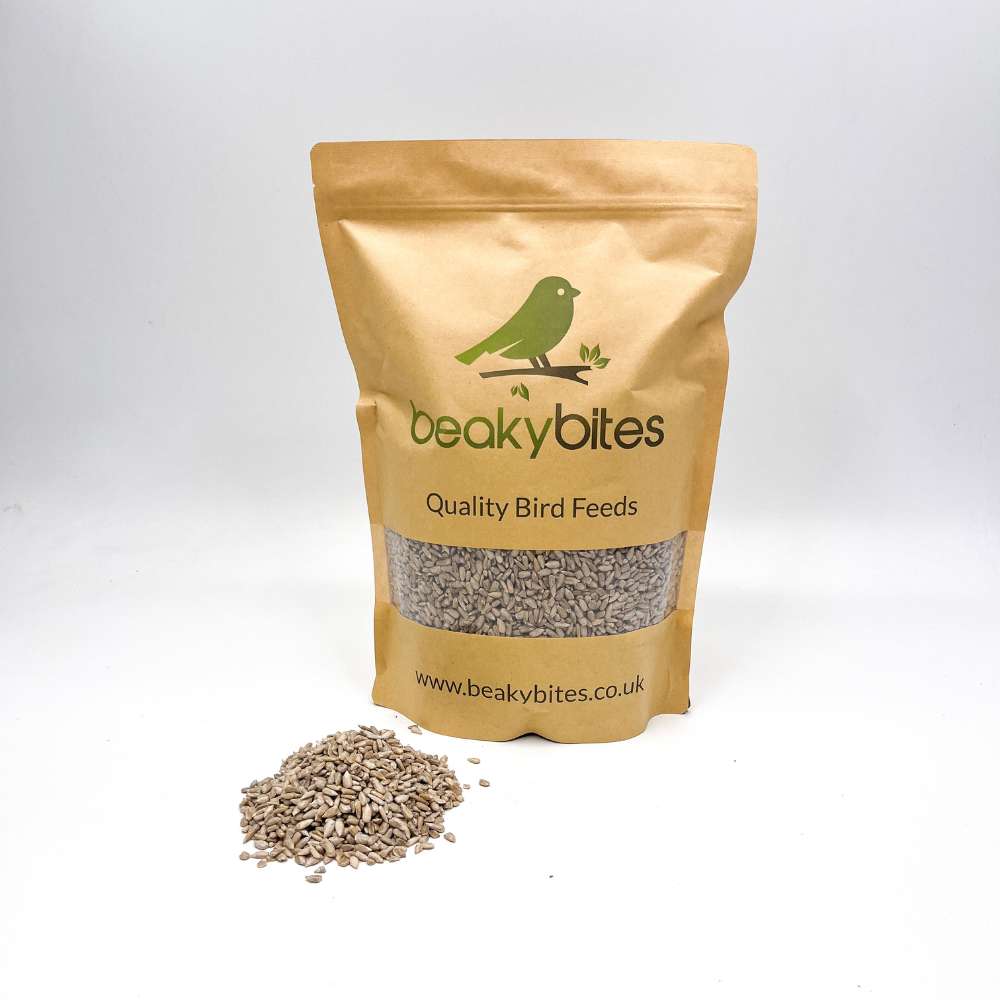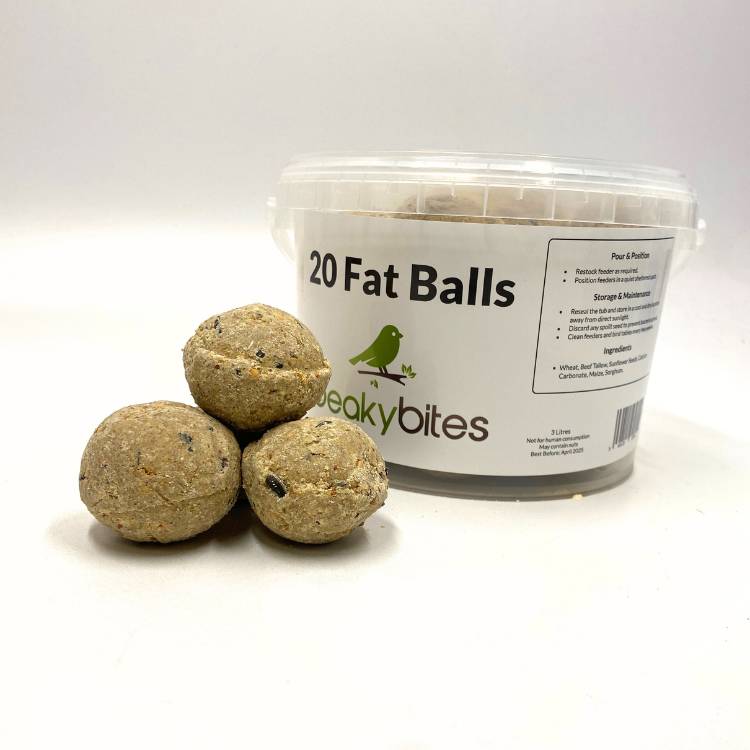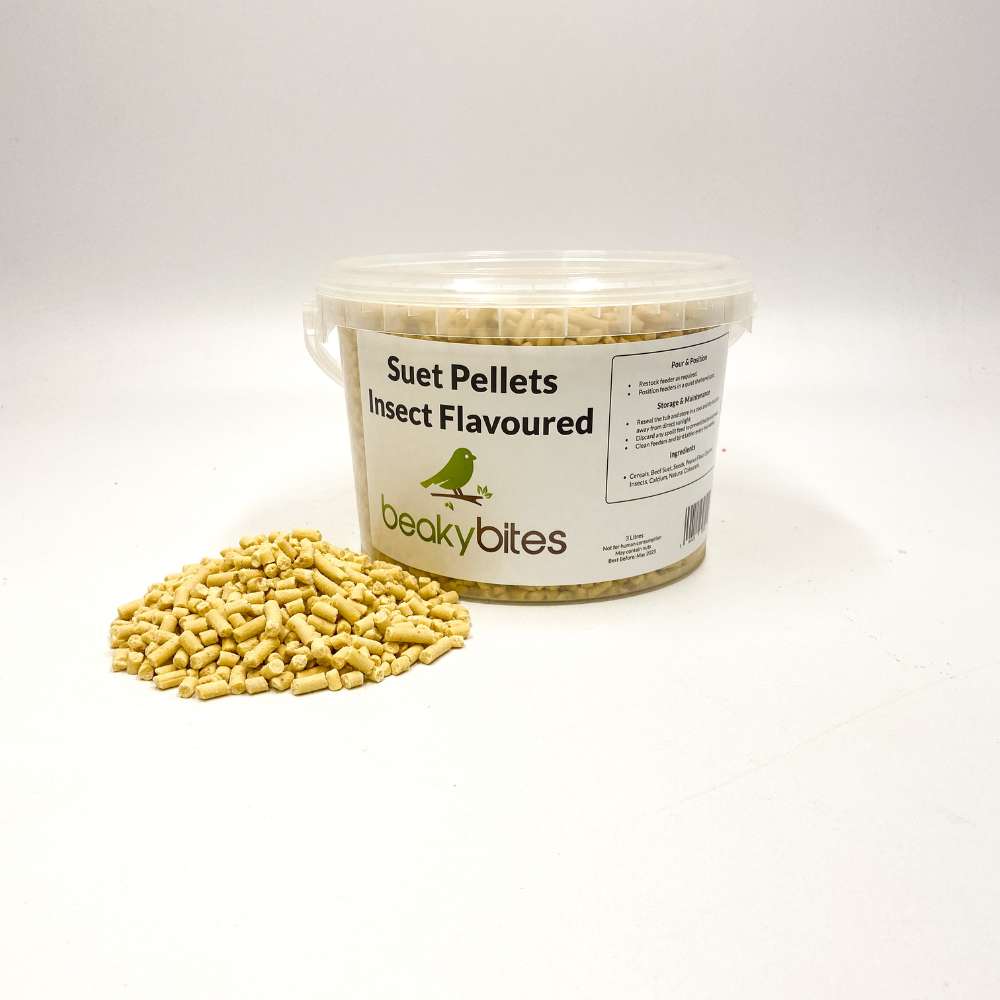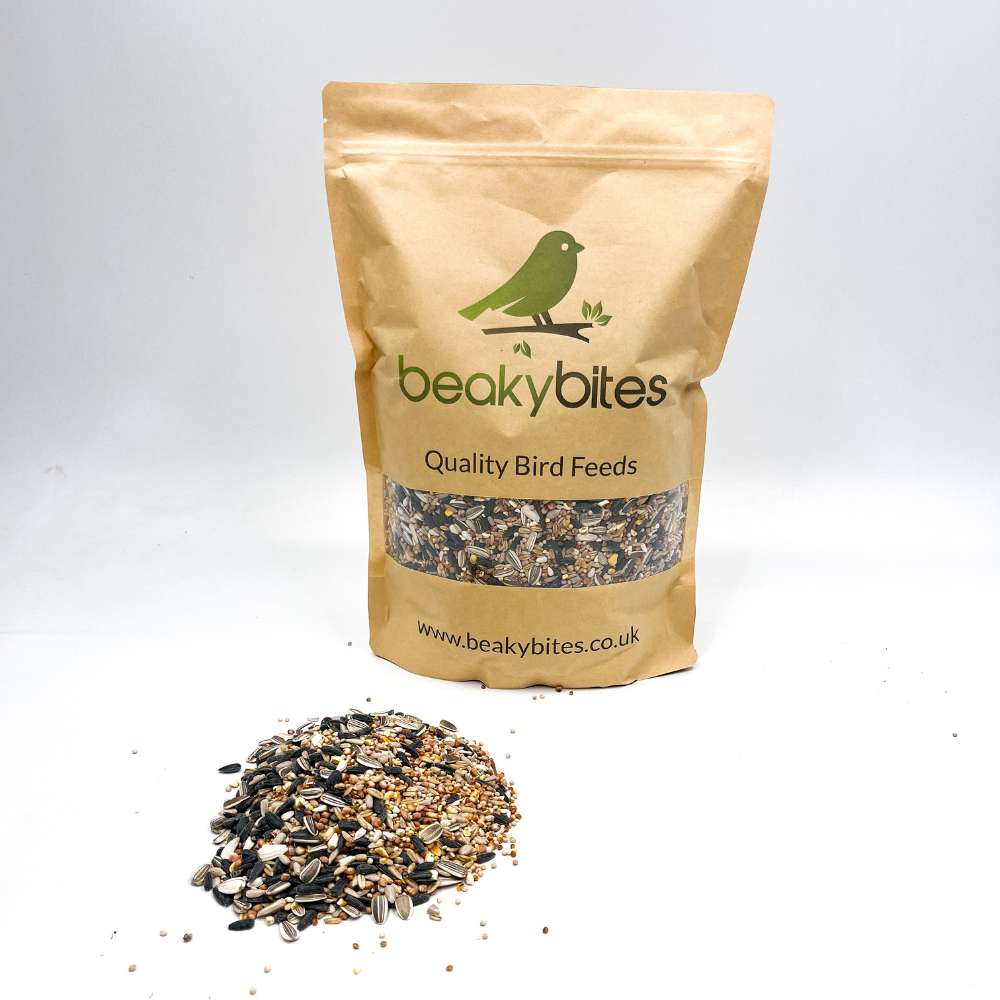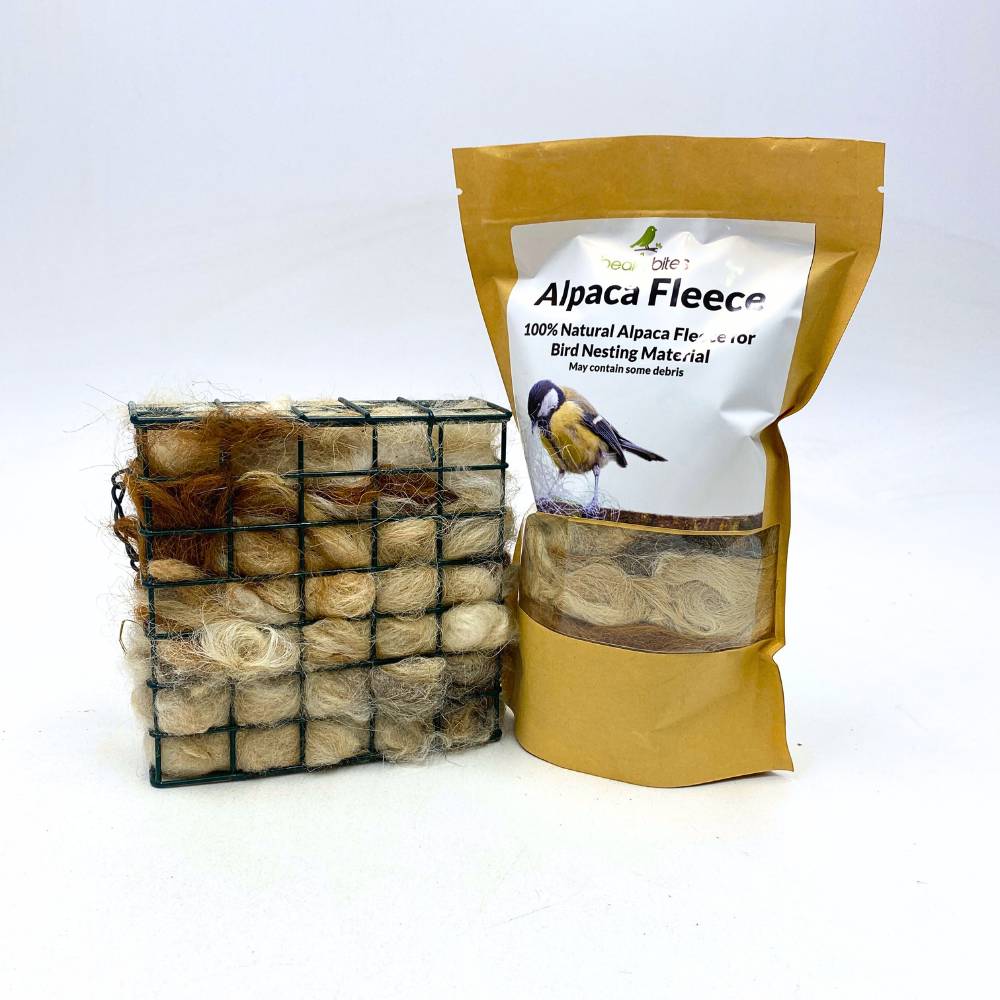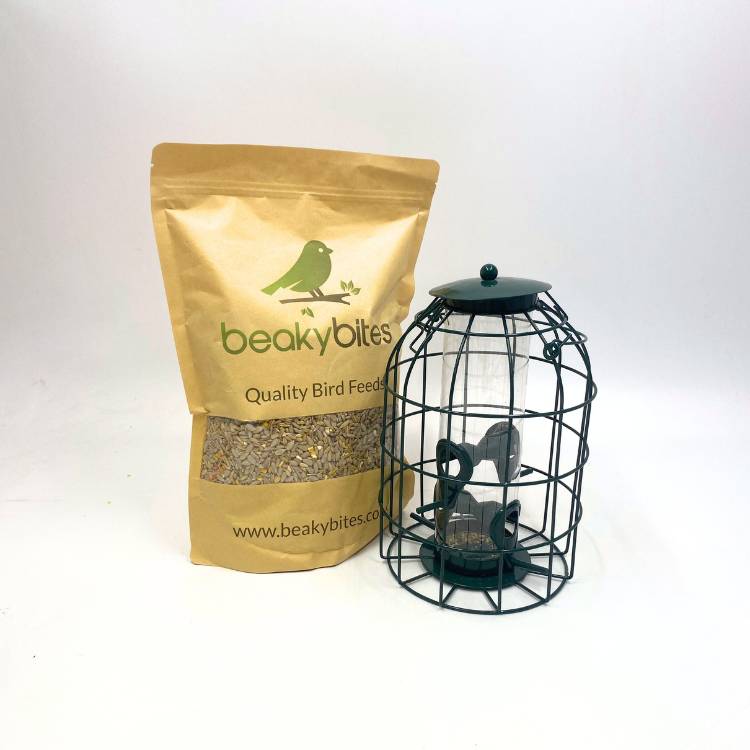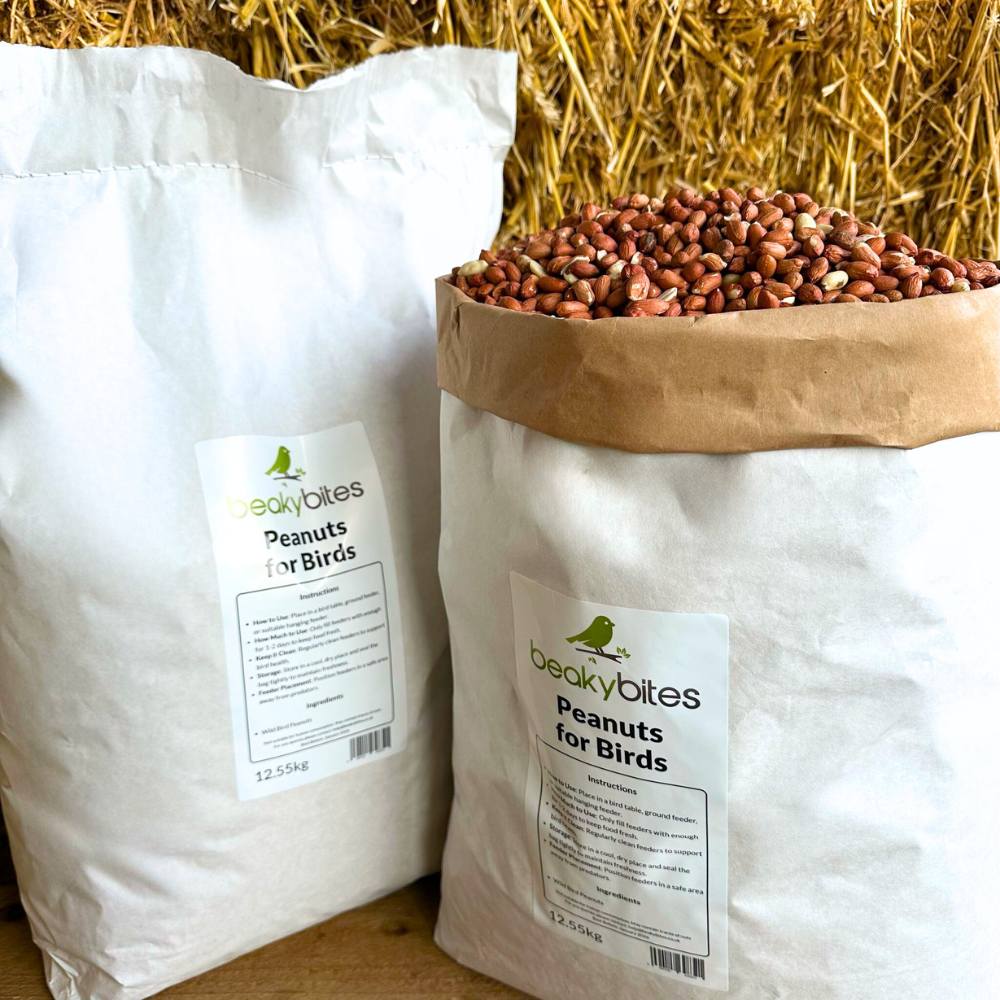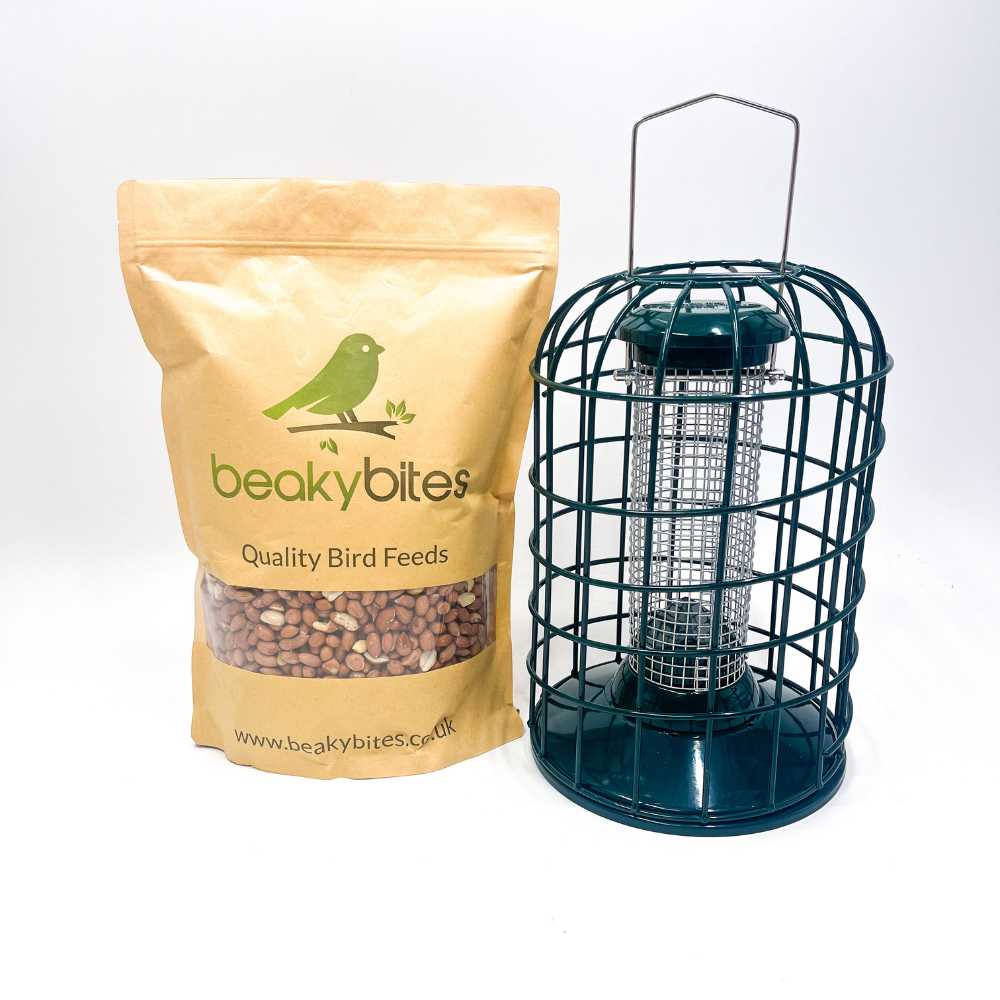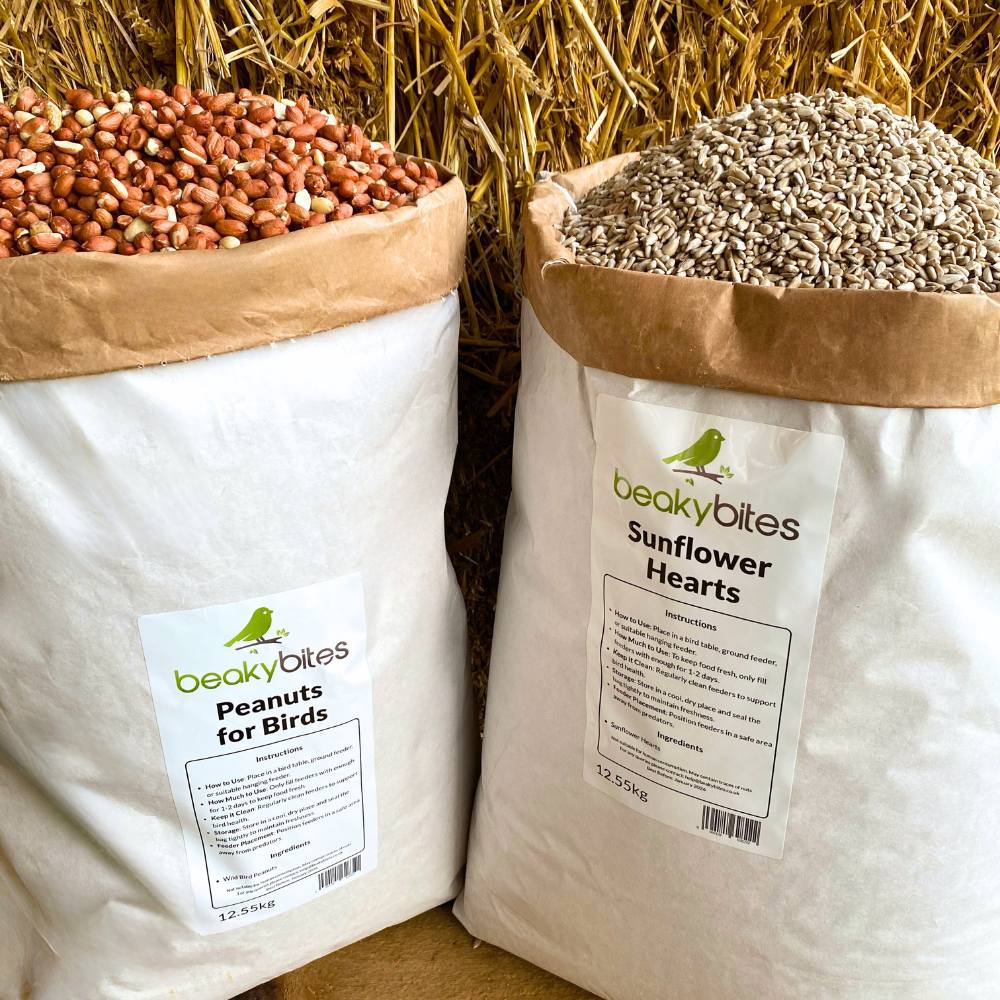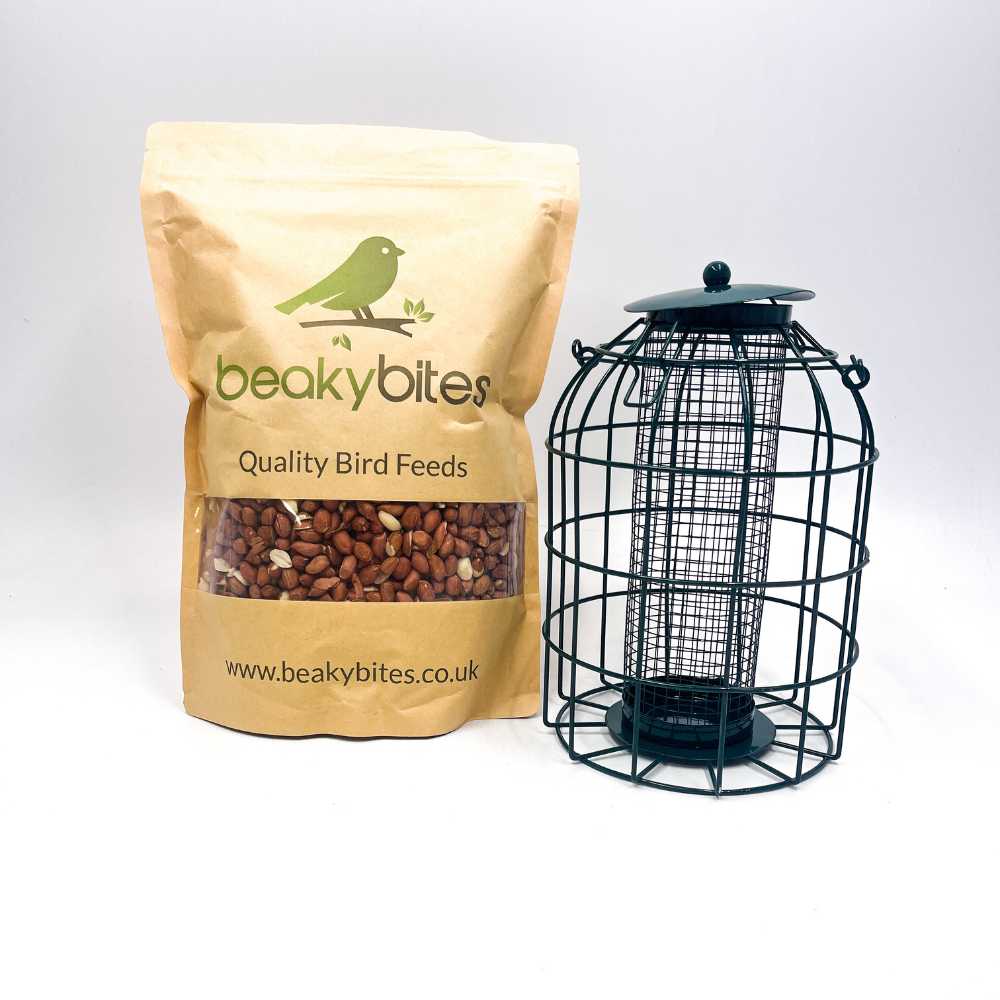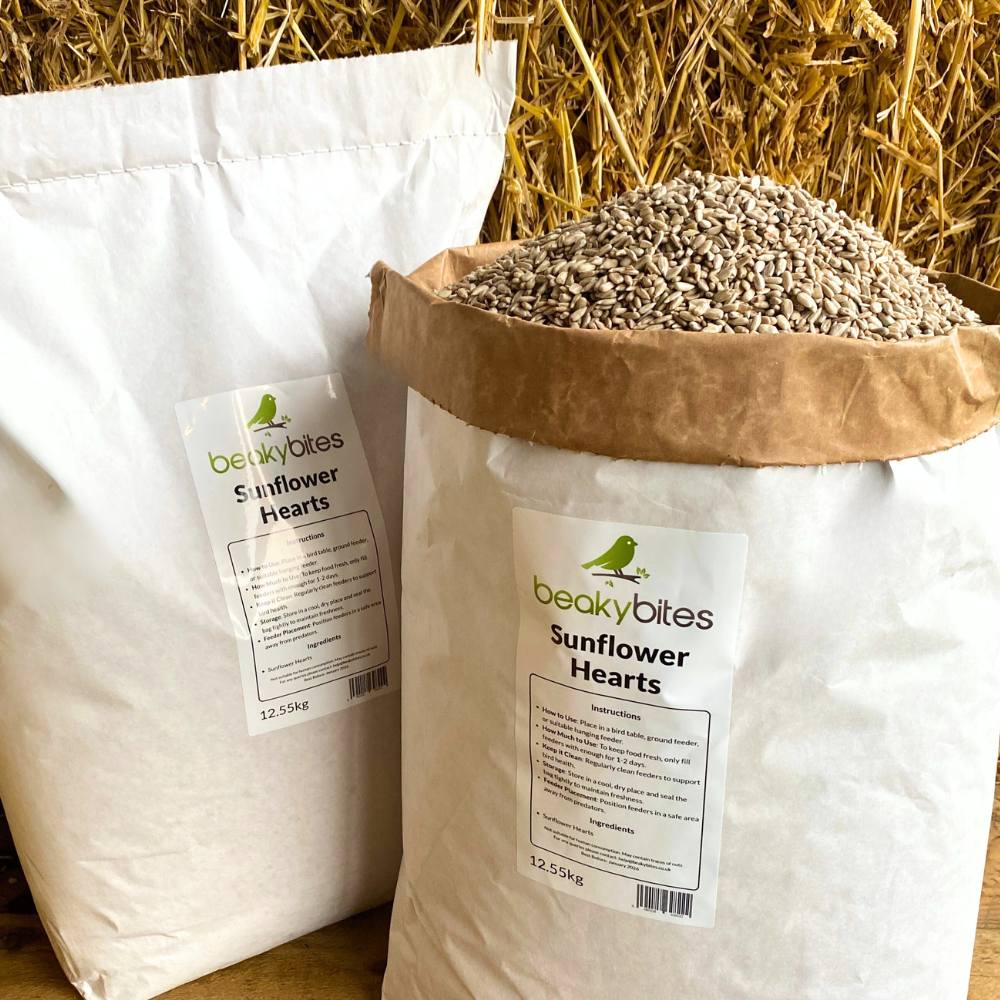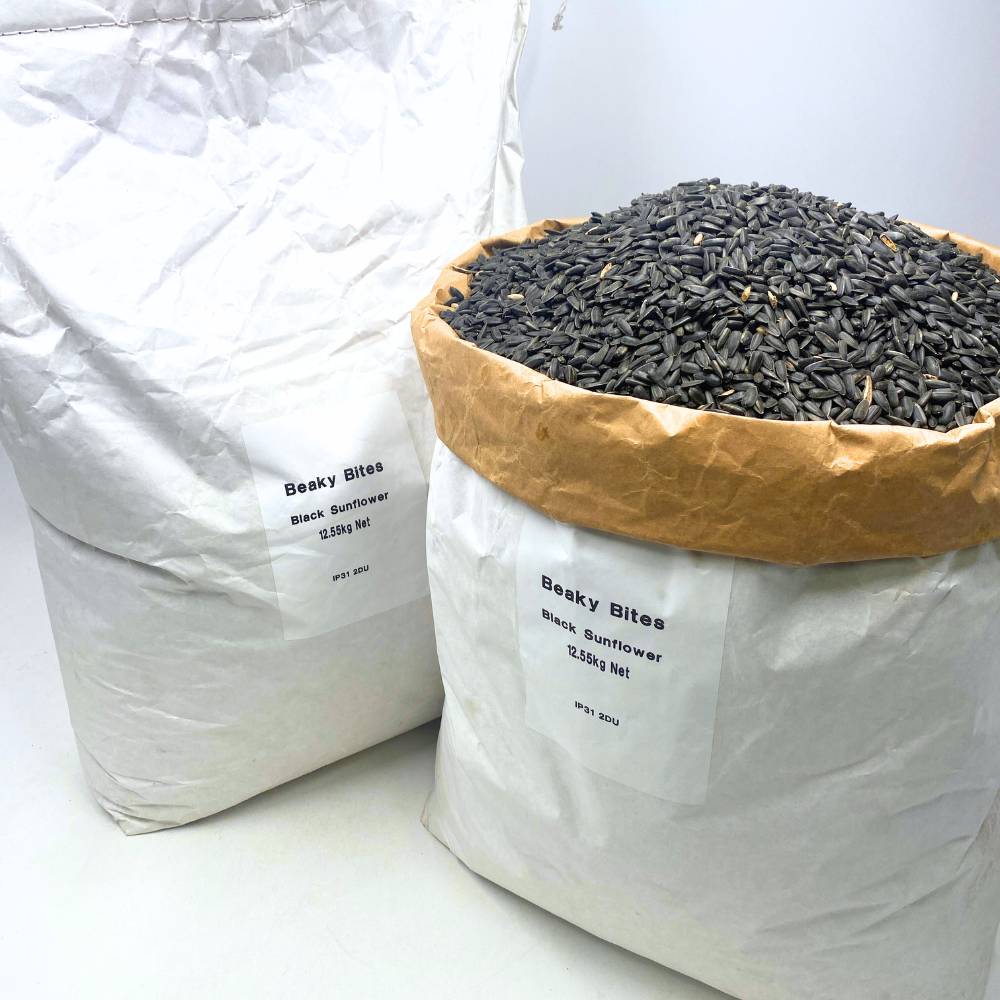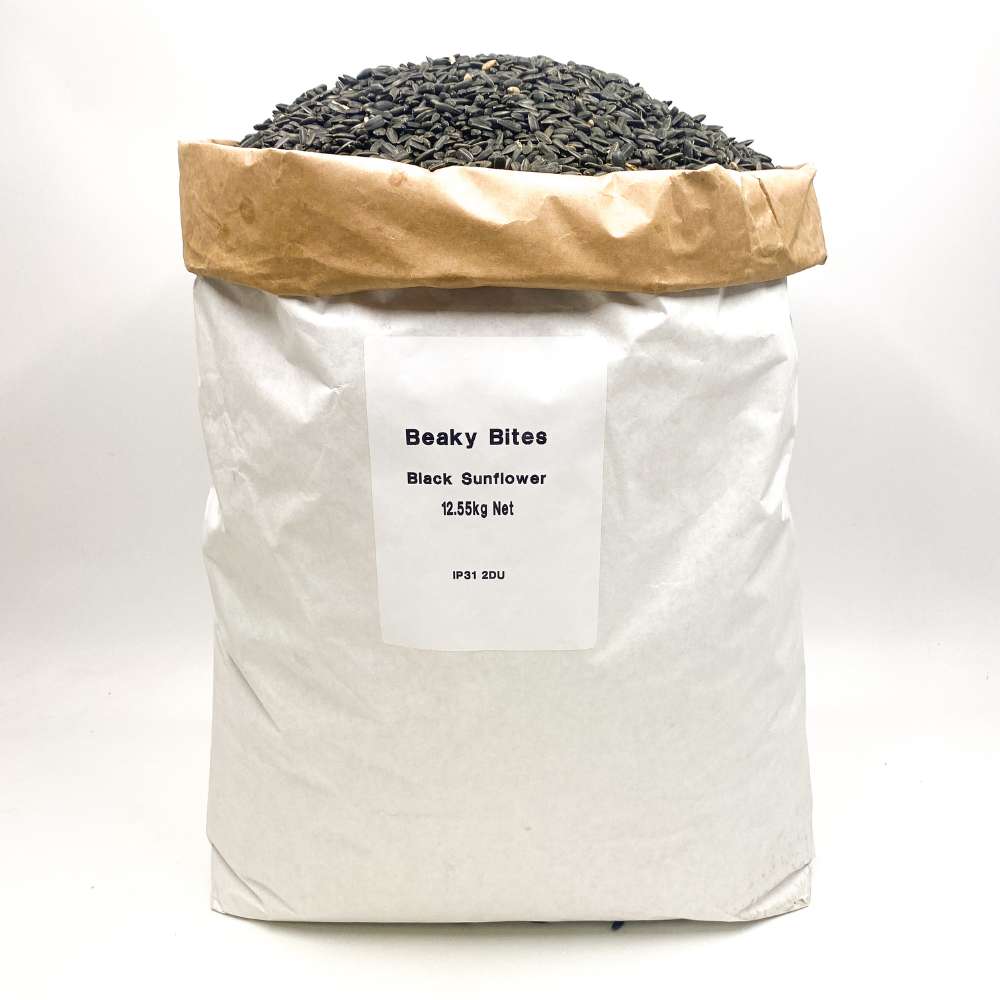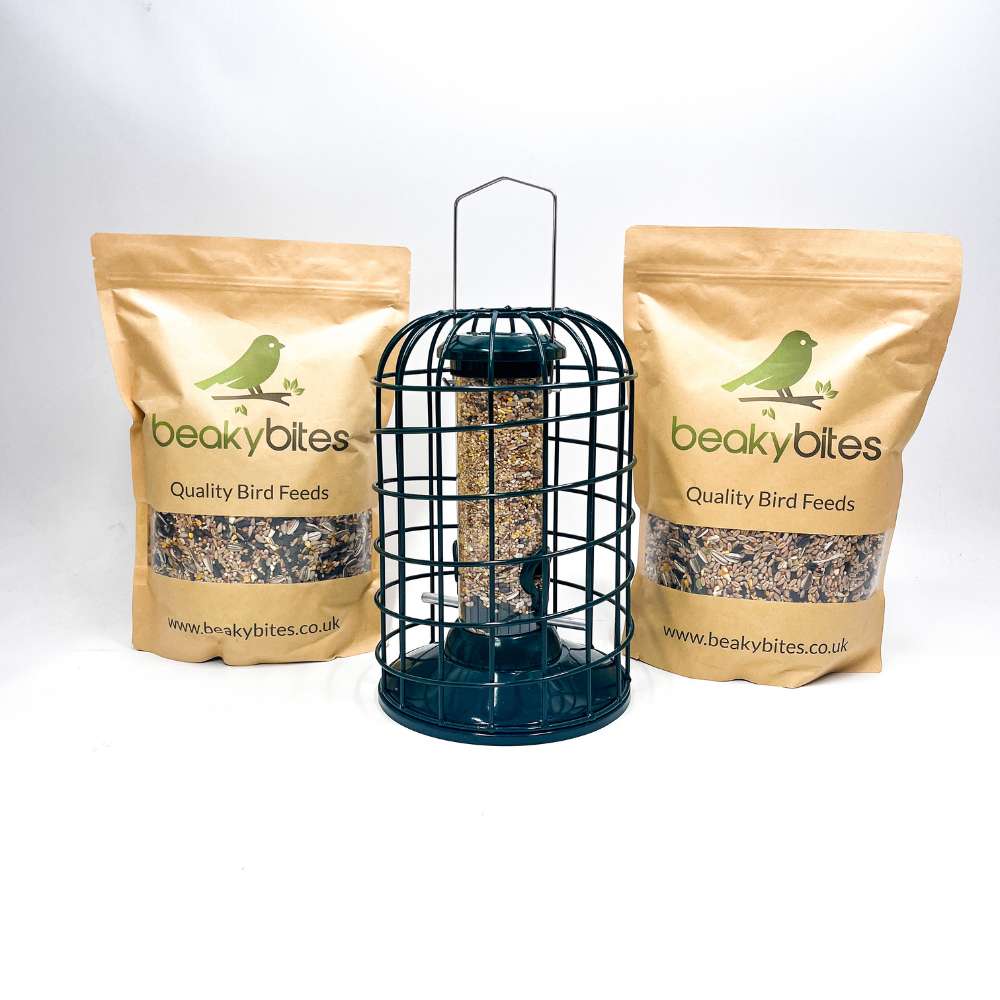How to Attract More Robins to Your Garden: Tips and Tricks for Bird Lovers
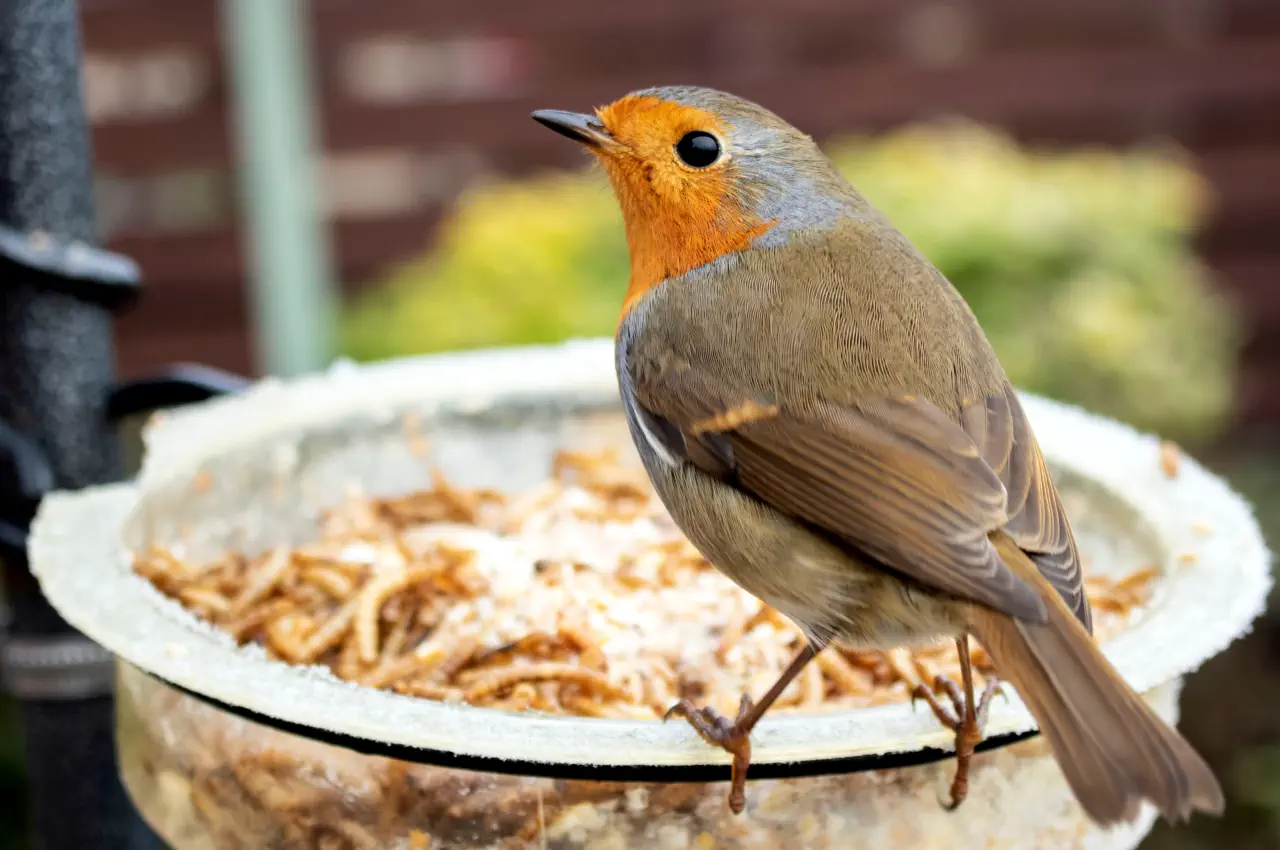
Standing out vividly against the grey UK skies, the red breasted robin remains an iconic herald of seasons and a beloved guest in any garden. But how do you transform your garden into an Eden for these petite songsters? How can we serenade the robins with a habitat as enchanting as their vibrant carol? Lets unravels this mystery, brimming with tried and tested tips and tricks to help you make your garden, an irresistible hotspot for robins. From food choices to nesting preferences, we've got you covered. So put on that gardening hat because it’s time to make your backyard chirp with life!
What we'll Cover:
- Top Feed Choices - There's loads of bird feeds, but Robins are their favourites!
- Importance of Water - Water is also crucial for life having food and water makes sure garden a haven.
- Friendly Habitat - From foraging friendly plant life to nest boxes

How To Attract Them to Your Garden
To attract more robins to your garden in the UK, provide a variety of food sources such as insects, invertebrates, seeds, and fruit. Creating a wildlife friendly environment by allowing parts of your garden to grow wild and adding features like log piles and compost heaps can also encourage the presence of invertebrates that will attract robins and other wildlife.
Consider placing nest boxes with an open front and natural cover like ivy or climbing plants to provide potential nesting spots. Additionally, position bird feeders around 2m away from dense vegetation to reduce the chance of surprise attacks by cats. Regular cleaning of feeders and nest boxes is essential to prevent the build up of harmful bacteria. Following these steps can help you attract not only robins but also a variety of other birds to your garden.
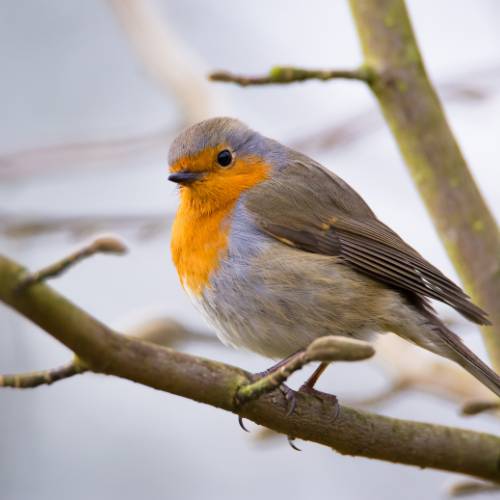
Attracting Robins: Top Food Choices
These delightful birds are attracted to gardens that provide a variety of food sources, as well as access to clean water. By understanding their dietary preferences and ensuring they have reliable water sources, you can create an inviting and nourishing environment for robins to thrive.
When it comes to food, robins are not fussy eaters and have a varied diet. They are insectivorous birds, meaning they primarily feed on insects. They also consume invertebrates, seeds, fruits, and even small pieces of cooked meat. By offering a range of food options, you can entice robins to visit your garden regularly. It is important to note that natural food sources may be scarce during certain times of the year, such as winter or periods of drought.
Therefore, supplementing their diet with bird feeders can be beneficial. Providing dried mealworms is an excellent option as these are highly attractive to robins. Additionally, offering fruits such as apples or raisins can help satisfy their sweet tooth while providing essential nutrients. Imagine placing a bird feeder in your garden filled with juicy mealworms. As the robins discover this treat, they will keep coming back for more, adding joy and fascination to your outdoor space.
Our top 5 food for red crested friends are:
- Dried Meal worms
- Raisins/small pieces of fruit
- Dried Calcium worms
- Sunflower Hearts
- Insect Fat Balls
Attracting Robins: The Importance of Water
Water plays a significant role in attracting robins to your garden, as it provides them with an essential resource for hydration and bathing. Just like humans, birds need water to survive, especially during hot summer months or when natural sources are scarce. By incorporating water features in your garden, you can create a welcoming oasis for robins and other avian species.
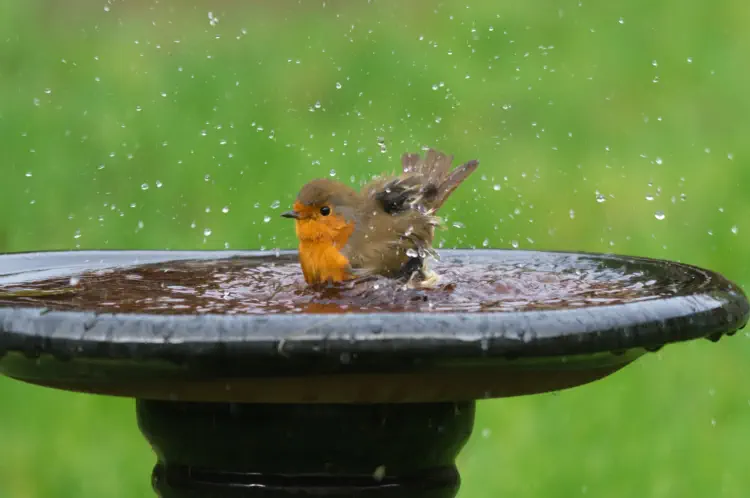
A birdbath is a popular and effective option for providing water to robins. Make sure the birdbath is shallow, with a maximum depth of 2-3 inches, allowing the birds to comfortably wade in and drink. Adding pebbles or rocks to the birdbath can prevent accidental drowning while also offering perches for the robins. Keep the birdbath clean and change the water regularly to prevent the accumulation of harmful bacteria.
Think about the location of your bird bath in your garden. You want to make sure they are visible but still provide some protection from predators whilst the birds bath. nearby natural perching, from bushes or trees, can provide a good location for the birds to go after to clean and dry their feathers before continuing on their day. Furthermore ensuring the water isn't in direct sunlight all day will help ensure the water doesn't get to hot or evaporate before they can get access to it and help keep bacteria from forming.
Imagine a robin flapping its wings excitedly beside a sparkling birdbath, joyfully sipping from its shallow waters on a sunny morning. The sight of clean, fresh water will not only quench their thirst but also attract them to your garden as a reliable and safe watering spot.
Attracting Robins: Creating a Robin Friendly Habitat
To attract robins to your garden and encourage them to stay, it's crucial to create an environment that meets their needs and preferences. Here are some tips for creating a robin-friendly habitat:
- Robins are attracted to gardens that provide a source of food, such as insects, invertebrates, seeds, and fruit. Allowing parts of the garden to grow wild and adding features like log piles and compost heaps can encourage the presence of invertebrates, which will attract robins and other wildlife. Consider planting native trees and shrubs that produce berries or fruits that robins enjoy.
Picture a robin hopping from branch to branch, plucking juicy berries from shrubs thoughtfully placed in your garden. By providing them with an abundance of natural food sources, you create a haven for these delightful birds.

- Robins are not fussy when it comes to nesting spots, and they can nest in hedges, climbing plants, dense vegetation, or even nest boxes. They prefer nest box designs with an open front and natural cover like ivy or climbing plants. They lay their eggs between late March and June and often raise two or three broods. Offering suitable nesting options will attract breeding pairs of robins to your garden.
- To appeal to them further, you can strategically place nest boxes in quiet areas that are out of reach for cats and face between north and east directions, minimising exposure to excessive sunlight and winds. Regular cleaning of feeders and nest boxes is crucial to prevent the build-up of harmful bacteria that could harm these delicate feathered visitors.
Picture a cosy nest tucked away amidst verdant foliage in your garden, housing a family of robins diligently caring for their young ones. By providing suitable nesting spots, you create an inviting environment for robins to start their families.
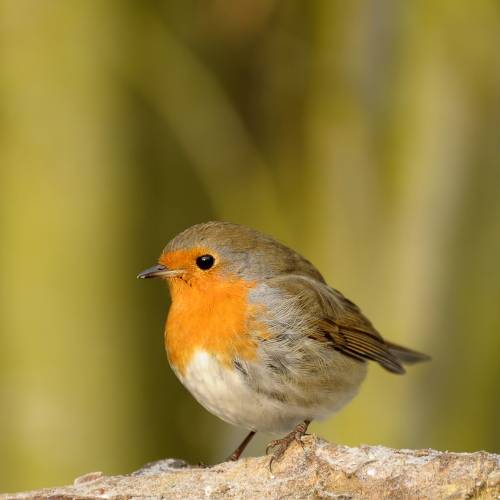
Frequently Asked Questions
What types of food do robins eat, and how can I attract them to my garden?
- Answer: Robins eat insects, fruits, seeds, and suet. Offer mealworms, chopped fruits, suet cakes, and sunflower hearts. Place feeders in visible areas and provide fresh water.
How can I create a robin-friendly habitat in my garden?
- Answer: Plant native species, provide nesting sites, and offer shelter. Avoid pesticides and herbicides.
What type of bird bath is best for attracting robins, and where should I place it?
- Answer: Choose a shallow bird bath with a sloping edge. Place it in an open area with nearby cover for safety.
Are there any specific nesting materials I can provide to attract robins to breed in my garden?
- Answer: Offer twigs, grass, leaves, and soft fibres like wool or pet hair. Provide nesting platforms or boxes.
How can I make my garden more attractive to robins during the breeding season?
- Answer: Provide nesting materials like twigs and grass, offer dense shrubs or trees for nesting sites, and consider installing nesting platforms or boxes. Maintain a quiet environment around potential nesting areas to encourage nesting behaviour

